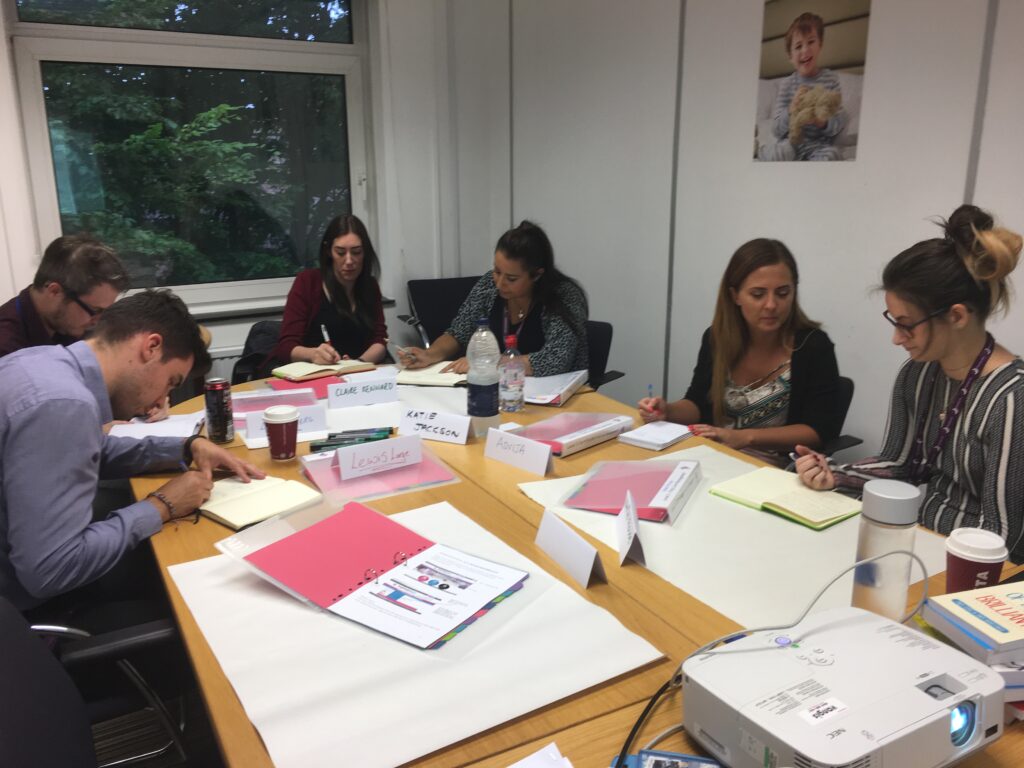CMI qualification programmes can include action learning. Here are some tips for running your action learning sets:
What is action learning?
Reg Revans summed up the action learning set process in the following formula:
Learning (L) = Programmed Knowledge (P) + Insightful questioning (Q)
Programmed knowledge is the knowledge in books – what we have been told to do for years. It also refers to our own acquired personal knowledge through training etc. Both of these need to be questioned
Questioning asks what aspect of that knowledge is useful and relevant, here and now. It is also a way of saying ‘I do not know’.
Learning results from the combination of P & Q.
Revan’s Law – for an organisation to survive, its rate of learning must be at least equal to the rate of change in its external environment
You (‘Comrades in adversity’) will meet to explore solutions to real problems and decide on the action you wish to take. The problem(s) being worked on must be real, in that no-one knows the answer already. When doing this in the set, the stages include:
1. Describing the problem as you see it
2. Receiving contributions from others in the form of questions
3. Reflecting on your discussion and deciding what action to take
4. Reporting back on what happened when you took action
5. Reflecting on the problem-solving process and how well it is working
It is about problem solving enquiry. Sometimes it will be about finding out additional information because you may not reach an immediate solution. You may need to find out what you need to know, go out and find out more about it, and then apply it.
In effect, individual set members present a problem, have their thinking provoked by the questions of fellow set members, are given time to reflect, go away and take appropriate actions and then, at the next session tell the set what happened.
Problems are the focus of the set: unlike puzzles, problems have no one right solution – rather, they have many different solutions and the presenter of the problem has a choice as to the course of action to be taken.
What is expected from Learning Set members?
- Here are some guidelines:
- Agree some ground rules about how you’ll work together – issues such as confidentiality, trust, respect and so on are key to effective Learning Set working. You need to discuss these and agree your “ways of working” at an early stage.
- Share the time out, so that everyone gets a turn
- Each member ‘presents’, i.e. briefly describes, a problem they would like to work on
- The Set helps that person to explore the problem
- Set members do not give advice, tell anecdotes, pass judgement or talk about their own situation – they stay focussed on the presenter
- Open questions are usually most helpful
- Avoid giving advice
- Ensure that the presenter has an action plan at the end
- Spend time after each person’s turn and at the end of the meeting to discuss what has been learned





